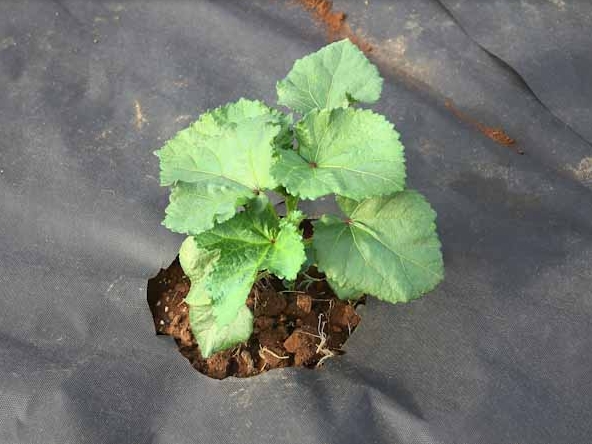The nonwoven weed control fabric market has gained significant traction in recent years due to the increasing demand for sustainable and efficient agricultural practices. As farmers, landscapers, and horticulturists seek eco-friendly solutions to manage weeds while minimizing the use of chemicals, nonwoven fabrics have emerged as a vital tool. Understanding the market trends, applications, and growth drivers is essential for businesses and investors looking to capitalize on this expanding sector.

Market Overview
Nonwoven weed control fabrics are designed to suppress weed growth, improve soil health, and reduce the need for herbicides. They are lightweight, durable, and highly permeable, allowing water, nutrients, and air to reach the soil while blocking sunlight that promotes weed growth.
Key Applications
Agriculture: Used in crop fields, orchards, and vineyards to enhance crop yield and reduce maintenance costs.
Landscaping: Ideal for lawns, gardens, parks, and recreational areas to prevent weed growth without affecting aesthetics.
Horticulture: Supports nursery plants and greenhouses by reducing labor-intensive weeding.
Erosion Control: Stabilizes soil in sloped areas and construction sites while suppressing unwanted vegetation.
Market Drivers
Rising demand for sustainable agriculture: Farmers are adopting eco-friendly methods to reduce chemical usage.
Labor cost reduction: Nonwoven fabrics reduce manual weeding efforts.
Technological advancements: Improved fabric durability, UV resistance, and water permeability enhance performance.
Expansion in landscaping and urban development: Increasing green spaces drive the need for weed control solutions.
Government initiatives: Policies promoting sustainable farming practices encourage adoption.
Challenges
Initial cost investment for high-quality fabrics
Competition from alternative weed control methods
Market fragmentation and varying standards across regions
Conclusion
The nonwoven weed control fabric market is poised for steady growth driven by sustainability, cost-efficiency, and technological innovations. Businesses in agriculture, landscaping, and horticulture sectors can leverage these fabrics to optimize operations, reduce labor costs, and promote environmentally responsible practices.
FAQ
Q1: What are the primary benefits of nonwoven weed control fabrics?
A1: They suppress weeds, improve soil health, allow water and nutrients to pass through, and reduce the need for chemical herbicides.
Q2: Which industries are adopting nonwoven weed control fabrics?
A2: Agriculture, landscaping, horticulture, erosion control, and urban development sectors are the main adopters.
Q3: How long do these fabrics typically last?
A3: Depending on material quality and environmental conditions, nonwoven fabrics can last between 2 to 5 years.
Q4: Are nonwoven weed control fabrics environmentally friendly?
A4: Yes, they help reduce herbicide use, support sustainable farming, and many fabrics are recyclable or biodegradable
Post time: Oct-20-2025
